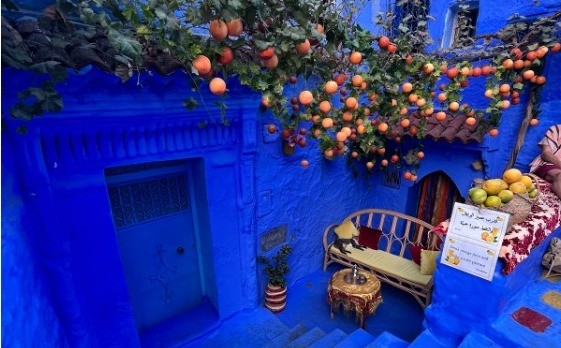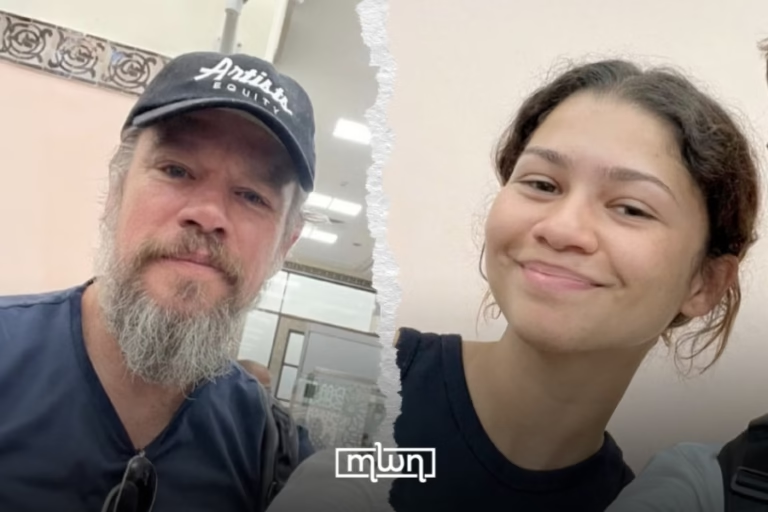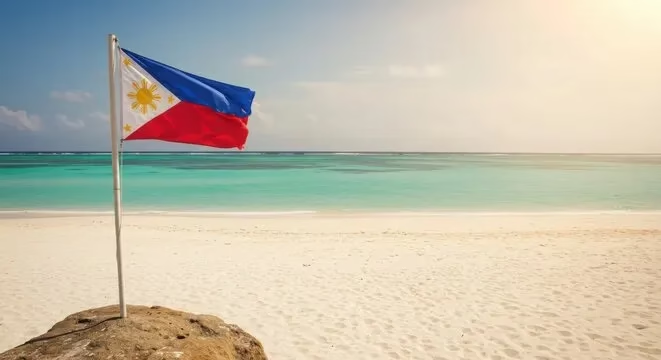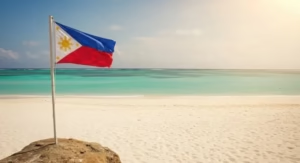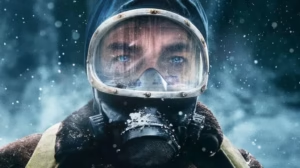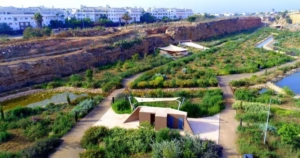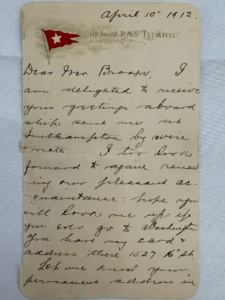Anyone who has spent enough time in Morocco would have found themselves in the mountain city of Chefchouan. As a study abroad student in Rabat, I was no exception. Last weekend I made the pilgrimage to the famed “Blue City,” only to find that Chefchaouen is far more special than just a place soaked in blue.
When I arrived, my suspicions were confirmed. The city’s color is instantly observable as soon as its buildings emerge from the valley beneath. But by late afternoon that day, I already realized that the beautiful colors of Chefchaouen’s homes were just one of many fascinating aspects of the city.
As we explored the azure streets, our tour came to a stop at a plaza near the east side of the city. Bordering the square were rooftop cafes, shops, and a mosque. In the middle of the plaza was an enormous tree, perhaps hundreds of years old. I opted for a Tourran flavored gelato, and ventured to the high point of the square, where I soaked in the view of the tree, this plaza, and most of all, the Atlas mountains looming over us.

A view of the town square with its rooftop cafes and views of the mountains.
No matter where you are in Chefchaouen, a spectacular vista is always just around the corner. For the two evenings I spent there, I witnessed the sunset from the Spanish Mosque, which is a ten minute walk up the mountains and displays a view of the city and the expansive valley below. As the sun sets, the city’s mosques all commence the azam, which echoes through the twilight lit valley.

A view from the Spanish Mosque over Chefchouan at sunset.
Chefchaouen provides splendor not just through sight, but through taste as well. All of the standard Moroccan cuisines from tagine to pomegranate juice are accessible, but I especially appreciated the readily available goat tagines offered at nearly every restaurant. Chefchaouen translates to “look at the horns,” which is a reference to the prevalence of goat farming in the area. This dish is often a new experience for Western tourists, who find tender and robust meat, exceptionally paired with Moroccan spices.
But the best meal I had all weekend did not hail from the mountains, but from the sea instead. At Restaurant Chourafa, I enjoyed a filet of swordfish with a cream mushroom sauce. Costing only 120 dh (Roughly $12), the sauce and mushrooms created a spectacularly savory and rich taste. In Moroccan style, I ate with a large loaf of bread that was especially soft and fluffy.

Walking through the city’s souks, I was reminded of Marrakech, only with a touch less commotion and chaos. Perhaps the best experiences were found in the soap shops, one of which offered two floors of succulent aromas. The smells wafted out into the streets, which drew us inside; a Paresian bakery might produce a similar effect.
In the past year, I have had the opportunity to travel to places all throughout Europe and nearby parts of Africa and Asia. Of the many lessons I learned, one is that the reputation a place has might only be a fraction of its true beauty and allure.

One example is Northern Ireland’s Giant Causeway, a place the UK government has deemed an Area of Outstanding Natural Beauty (AONB). Prior to being there, I was told that the hundreds of hexagonal rock formations caused by volcanic activity were the main attraction. Yet when I arrived, those rocks were a small portion of the site’s complete beauty.

The Giant’s Causeway captures the dreams and imaginations of generations of people because of how spectacular the cliffs tower over the rocky jagged coast. Trails that switchback along the mountains provide amazing sunset views, with porpoises playing in the surf. Sure, the volcanic rocks were beautiful, but the reputation they created ignores the other attractions of this magical place.

Prague’s town square encompasses the beauty of the city, where an assortment of medieval architecture is present.
When I visited the Czech capital Prague, I had envisioned a city of uniform 18th century beauty, similar to what one finds in Vienna. In actuality, the city’s beauty comes from its medieval architecture, one of the last places in Europe where it is preserved. Rather than creating beauty from uniformity, this city’s beauty comes from a diversity of architectural styles.
Preconceived notions of travel can also have a harmful impact on one’s vacation experience. For example, many Japanese tourists experience what is dubbed “The Paris Syndrome” when visiting the French imperial city. They expect to see a heavenly gilded city of majesty and fantasy. But when they arrive, they realize that their expectations were unrealistic, and their disappointment causes them to cry.
My weekend in Chefchaouen was, among many things, an education on travel. I realized that by listening to the internet and travel lure, what we expect to see when traveling may not be what we find. Instead, by having an open mind to what is ahead, we all can have more fulfilling and extraordinary travel experiences, and be open to nuances that we were not anticipating. Moreover, although the power of the internet may transport us thousands of miles, more often than not, it truly takes traveling there to have a complete understanding of the sites of our great, beautiful world.

Hundreds of cats and kittens prowl through the streets of Chefchouan, making this travel destination particularly special for animal lovers.

